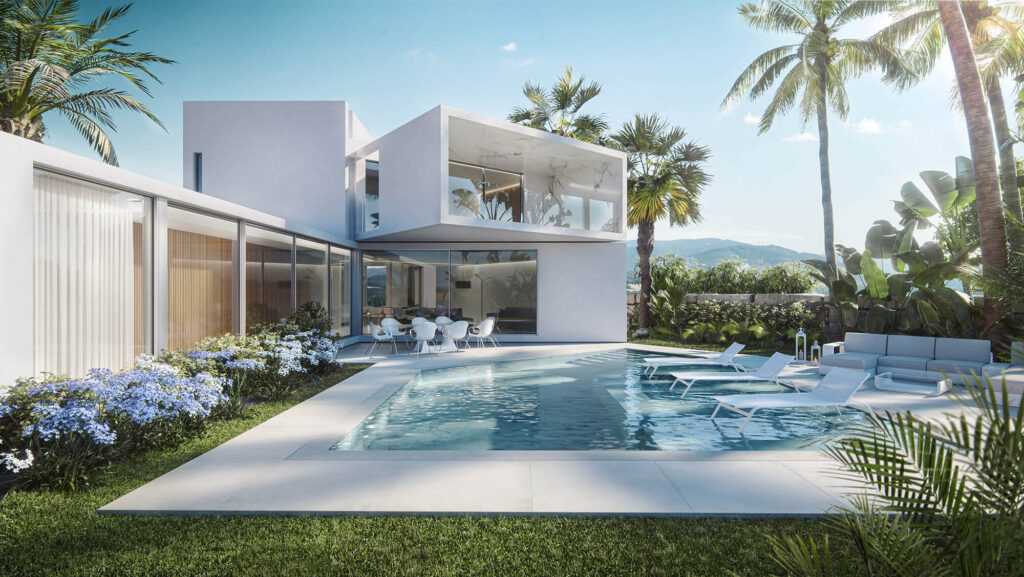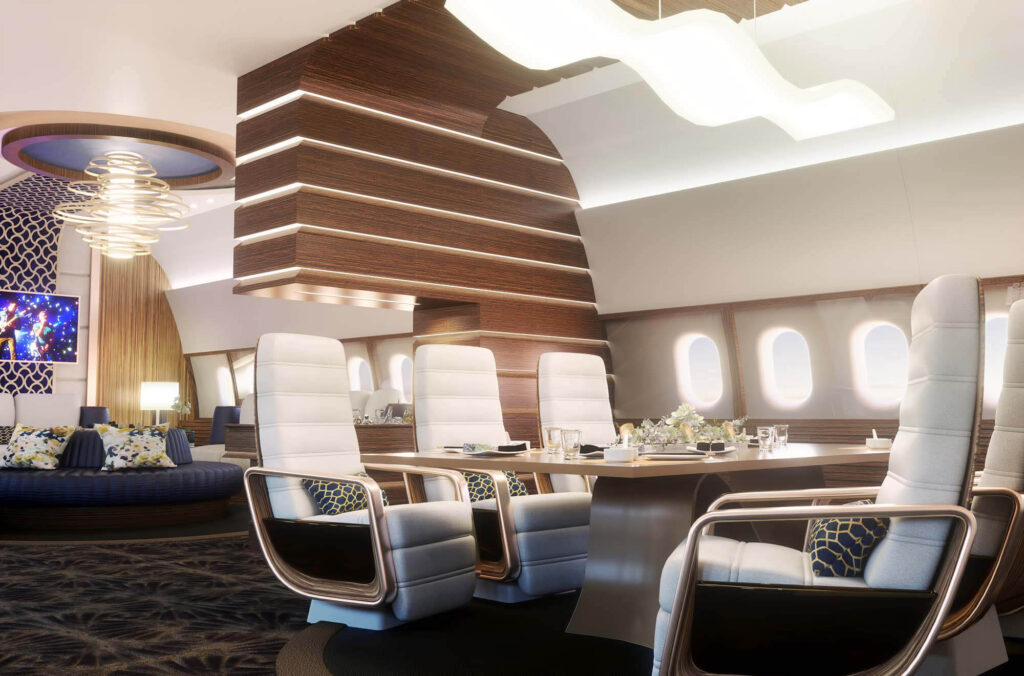Some would say it’s the future when it is, in fact, the present. Photorealistic renderings are possible thanks to the advancement of technology. When 3D design software meets visual art, the result is a powerful rendering that mirrors real life.
While architects were one of the first to discover 3D renderings and their benefits, this technology is now the go-to choice for salespeople from all kinds of industries as well.
It’s also currently used in a very wide array of industries – from aircraft interior design to buildings, to animations, to special effects, to venue interiors, and more!

3 Advantages of Photorealistic Renderings for Sales
Budget-friendly
With photorealistic renderings, budgets are not an issue. Thanks to this technology, your client will be able to make changes on the fly according to their preferences. Thus helping optimize time and communication, as well.
In the past, it was common for budgets to escalate as the design process advanced, because of constant changes that would require new expenses to be made and therefore entire shifts from the original idea.
Today, thanks to 3D renderings, all of the aforementioned issues can be solved and taken care of as many times as necessary. This way, materials are only bought once the photorealistic rendering is good to go.
Increased interactivity
With the 3D design, creating visually impacting renderings is now possible, and they come in a variety of shapes and formats – from a very simple brochure to animations, VR, or augmented reality.
Clients are also able to feel as if they’re actually immersed within their own idea. They don’t just see it. They can make changes and notice the difference on the spot.
3D renderings have, in fact, opened a new door for creativity and advertising, enabling customers to use (almost) all their senses, thus enhancing their experience as buyers.
Ease communications with images
Let’s say you have an idea for an aircraft interior, but it is still quite vague. So you’re relying on a 3D designer to interpret your vision and turn into something beautiful and life-like.
Photorealistic rendering is the perfect way for you to “see the future” before it happens.
Within seconds, you’ll get a first impression of the look and feel your idea causes. Consequently, you’ll be able to make the necessary changes.
In short, photorealistic renderings save you from that awkward feeling you immediately get after hitting a hair salon to get a new look and the result has nothing to do with what you wanted in the first place.
Thankfully, when designing on 3D renderings, there is no such thing as “too late”.
You’re in control of every single detail -from shapes, to shade, to color, to lighting, you name it! And best of all is, thanks to VR you get to test drive the final result before anyone else. That’s why it’s so precise and, ultimately, effective.
A well-known quote reminds us that “an image is worth a thousand words.” A compelling photorealistic rendering sums up everything a client has envisioned – and it hardly ever gets a no for an answer.
5 Ways Photorealistic Renderings Improve Your Closing Rates
Showcase your ability as a designer
Use photorealistic renderings to put your name on the map, alongside established firms in the industry.
Even if your initial design goes through several iterations. Fill your portfolio with images that showcase your keen eye for detail. Let other firms notice the potential in your work.
The beauty of photorealistic renderings is that oftentimes the entire process of changes is much more delicate than the end result, with all the custom made modifications considering the customer’s preferences.
This is where your own criterion as a designer comes in handy. Keep copies of the process as well as the individual iterations, so future clients can see how an idea is born and then brought to life through photorealistic rendering.
At the end of the day, the 3D design is still a form of art.
A highly sophisticated and photorealistic form of art, even.
Hence, photorealistic renderings are the perfect opportunity for your skills to be placed in the spotlight. Make any project look like your own piece of heaven, but with elements that are attainable on Earth.

Speed the design process
As your client follows up on changes made during iterations, they will notice the power of visuals and, what you interpret from what they suggest will be added in a lot less time, as rendering projects can all be taken care of online, remotely.
Make the design better
Photorealistic renderings have proven to be the ultimate way to quickly and intentionally communicate a visual idea, taking into consideration each and every one of the customer’s notes or ideas.
As they can be included in either iteration, introducing 3D renderings throughout the design process can help improve the end result significantly, providing credibility to your work as a designer, while ensuring your customer that the more details can be taken care of before the actual building begins, the better.
In short, with 3D renderings, the magic isn’t just at the end.
Help you win awards
If a rendering is, on a first glance, a stunning, awe-inspiring, work of art, the possibilities are truly endless.
Not only will you save time explaining something, but you’ll earn the respect of judges and peers by winning awards, thus getting the word out of your capabilities as a visual artist.
That right there is one of the wonders of photorealistic renderings. The chance of making a name of your own among prospects, based solely upon the quality of your work, and, of course, how life-like and immersive your designs are.

Attract better customers
A consistent visually impacting work will also level you up with designers that are looking for quality firms.
Assemble a team of the best in the market, who will be drawn to your own firm based on your outstanding portfolio and, in turn, increase your own pool of customers.
Nothing screams quality as loud as a well crafted, life-like photorealistic rendering.
A best practice to start getting the word out about your skills is to create a variety of options in terms of scenery, schemes, lighting, and shading, depending on what it is you’d like to highlight.
It’s important to remember that renderings are, ultimately, a message. And every message is as unique as its sender.
As the middle person, the artist, the craftsman, your job is to round up as many kinds of “messages” as you can, so as to showcase your versatility and skill to work across scenarios of different complexities.
Let us show you how it’s done! Contact us and let us help you tell your story!



